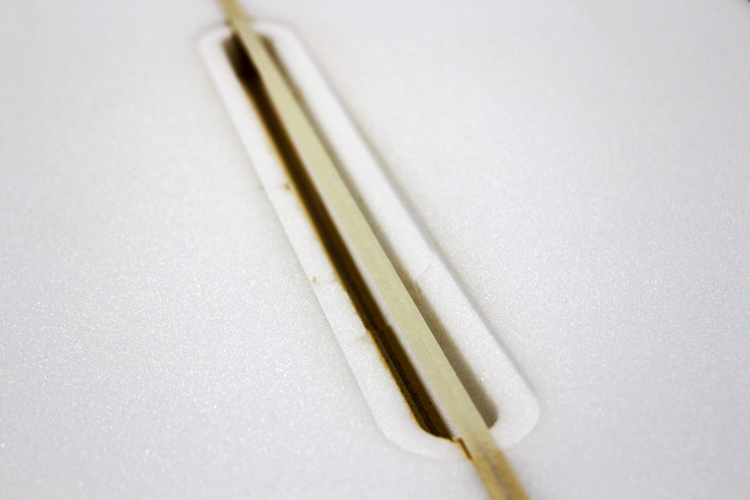It's easy to damage a fin box irreversibly. But that doesn't mean you have to put your favorite surfboard aside. Learn how to repair or fix a broken surfboard fin box.
Have you aggressively pulled out a surf fin and destroyed its box? Did you hit a rock and lose your center fin box?
Don't worry - you can quickly solve the problem yourself.
Fin boxes are highly sensitive areas of the surfboard, and they're in constant contact with water and other objects.
For example, if you travel with a surfboard inside your car, you have probably experienced some issues.
So, when accidents happen, you can't just paddle out with an open hole in the bottom of your stick. You need to address the problem and fix it.
It's quite easy. You first must prepare the fin box area before laminating, sanding, and installing a new one.
Materials
- Angle grinder;
- Sandpaper (40 grit and 150 grit);
- Fiberglass cloth (4 oz. and 6 oz.);
- Resin;
- Q-cell filler;
- Catalyst;
- Ice cream stick or tongue depressor;
- Acetone;
- Tape;
- Scissors;
- New fin box;
Lamination
The first stage is lamination. Here's how to do it:
- Sand the entire tail of the surfboard around the fins with 40-grit sandpaper to create a bond between the resin and fiberglass and the board itself;
- Paste the cavity where the fin sits with Q-cell filler;
- Insert the new fin box (with a surf fin in it) in the cavity;
- Apply enough pressure on the fin so that the box sits evenly on the board;
- Check if the fin is well centered, measuring off the stringer (side fins) or lined up with the string (center fin);
- Tape off the box so that you don't get any resin inside the fin box cavity;
- Fill the small fissures between the board and the box with Q-cell filler;
- Remove the extra Q-cell filler with an ice cream stick or a ruler;
- Clean the excess with acetone;
- Cut a patch of 6 oz. cloth, making sure it covers the fin box area;
- Cut a bigger patch of 4 oz. cloth so that it covers a larger area;
- Pour the resin over the patches using a squeegee to spread it nicely and evenly across the repair area;
- Use a brush to push the little bubbles out of the fin box area;
- Brush a layer of hot coat, also known as sanding resin, over the entire area;
Sanding
Last but not least, it's time for the sanding process:
- Once the resin is gelled, remove the masking tape;
- Apply some 40-grit sandpaper to the angle grinder and level the fin box area flat;
- Then, apply 150 grit sandpaper to the angle grinder to smoothen it all out and blend everything together;
- Use your hands to roll your sanding along with the concaves of the board to make sure the board's original channels remain active;
- Use a sanding block to smooth the edges of the tail;
- Blow the excess dust and insert your favorite fin;
